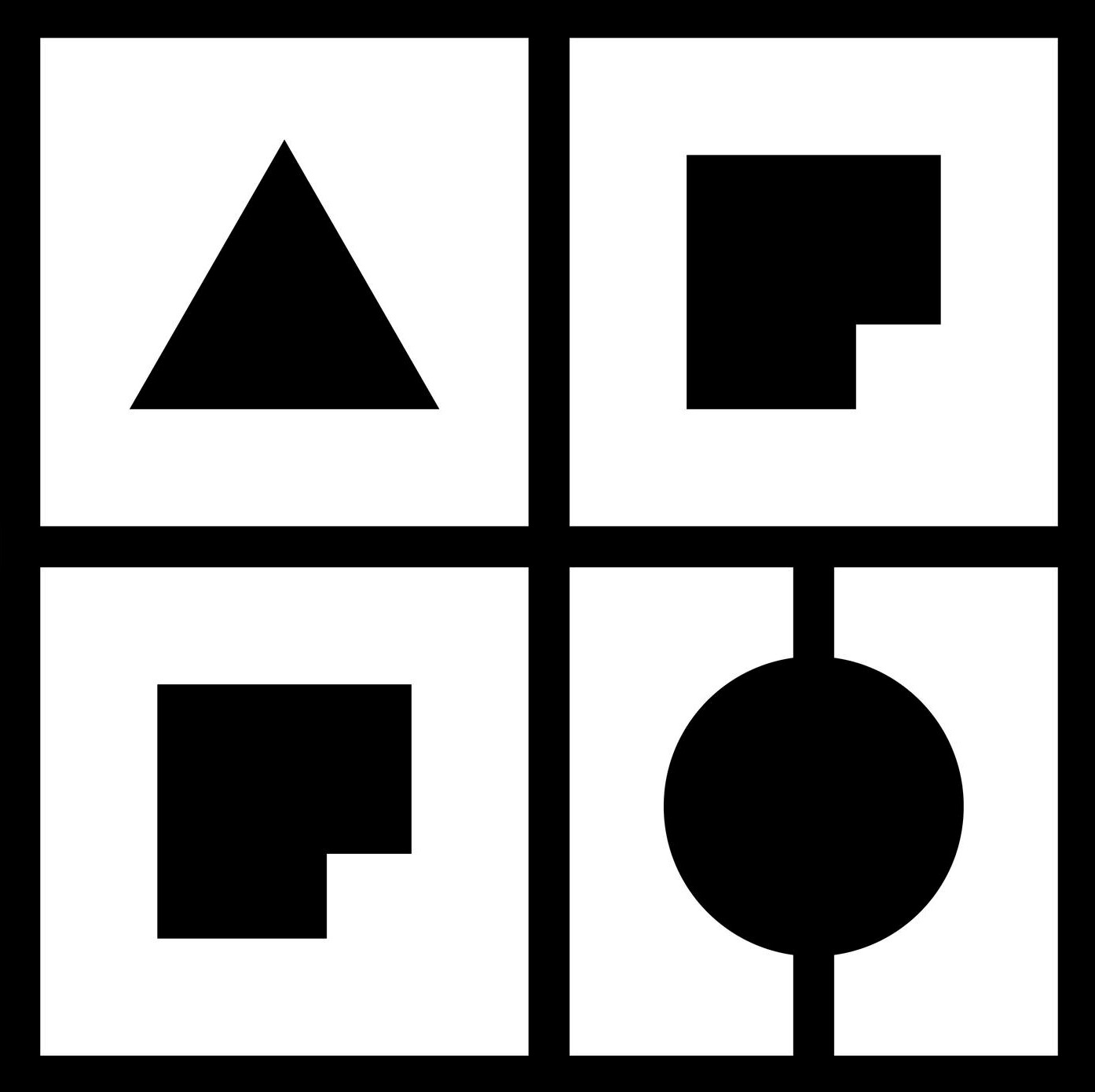OA19UTK - Urban technique and composition
| Course specification | ||||
|---|---|---|---|---|
| Type of study | Bachelor academic studies | |||
| Study programme | ||||
| Course title | Urban technique and composition | |||
| Acronym | Status | Semester | Number of classes | ESPB |
| OA19UTK | mandatory | 4 | 2П + 2В | 5.0 |
| Lecturers | ||||
| Lecturer (for classes) | ||||
| Lecturer/Associate (for practice) | ||||
| Condition | Облик условљености | |||
| The goal | ||||
| The course aim is to develop knowledge and skills for the design of spatial ensembles. Students get acquainted with the basic spatial elements, composition principles and the most important factors that affect its visual identity, readability and integral value concerning the local context and the city. Also, students get acquainted with analysis techniques for understanding the spatial and visual characteristics of architectural and urban form, especially their functional and aesthetic aspects and their interrelationships. | ||||
| The outcome | ||||
| Knowledge of concepts and theories of visual elements and composition in fine arts, architecture and urbanism; Understanding the concept of public space through the relationship of spatial form and individual and group activities in the open space; Knowledge of mapping methods and analysis of urban structure, such as spatial units, spatial patterns, spatial dominants; Analysis skills for reading the current state of the built environment through different scales and understanding its historical origin; Knowledge of mapping methods and analysis of dominant patterns of use of open urban spaces; Development of a group and individual work skills, as well as verbal and textual presentation of research and design results. | ||||
| Contents | ||||
| The concept of composition in fine arts and urbanism; Urban structure as a basic subject urban compositions; Spatial perception and experience in open urban spaces; Basic elements of urban structure and their composition: streets and open public spaces; Basic elements of urban structure and their composition: groupings and assemblies; Historical context of urban patterns; Relationships of visual and spatial elements in urban composition: symmetry and asymmetry; Relationships of visual and spatial elements in urban composition: harmony, rhythm and balance; Color in urban composition and place details; More important theories of urban composition in the 20th century. | ||||
| Methods of teaching | ||||
| Teaching takes place through multimedia lectures, active work on exercises, fieldwork, and student work outside the classroom. The course develops the student's capacity for the team and individual work and supports learning through setting a common goal and responsibility of individuals in the success of the whole generation. | ||||
| Literature | ||||
| ||||
| Облици провјере знања и оцјењивање | ||||
| Semester study; Colloqium; Final exam | ||||
